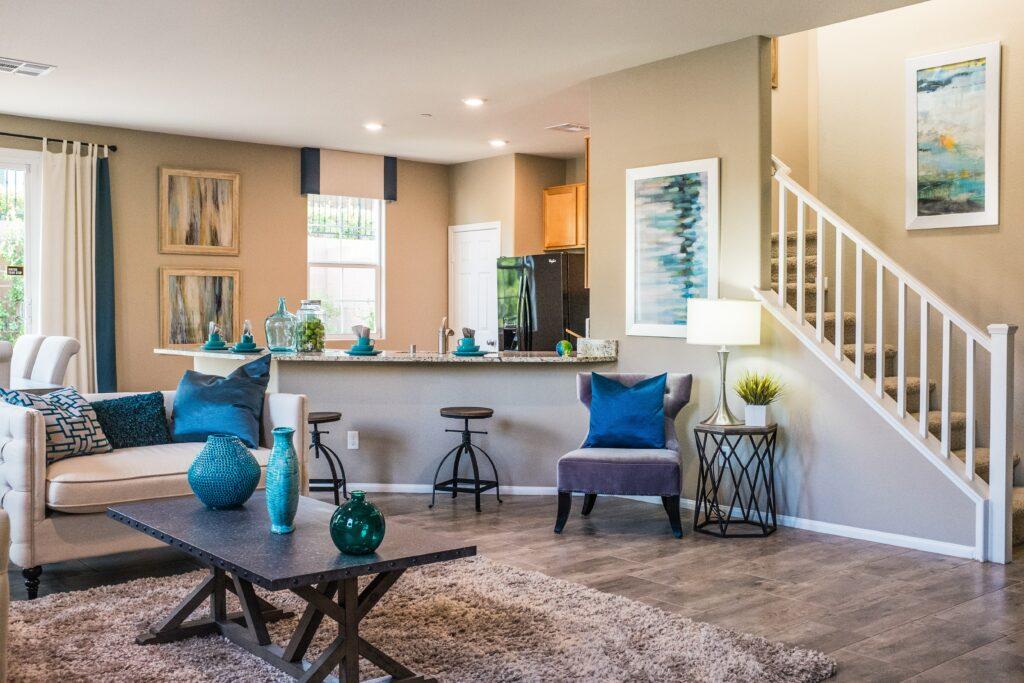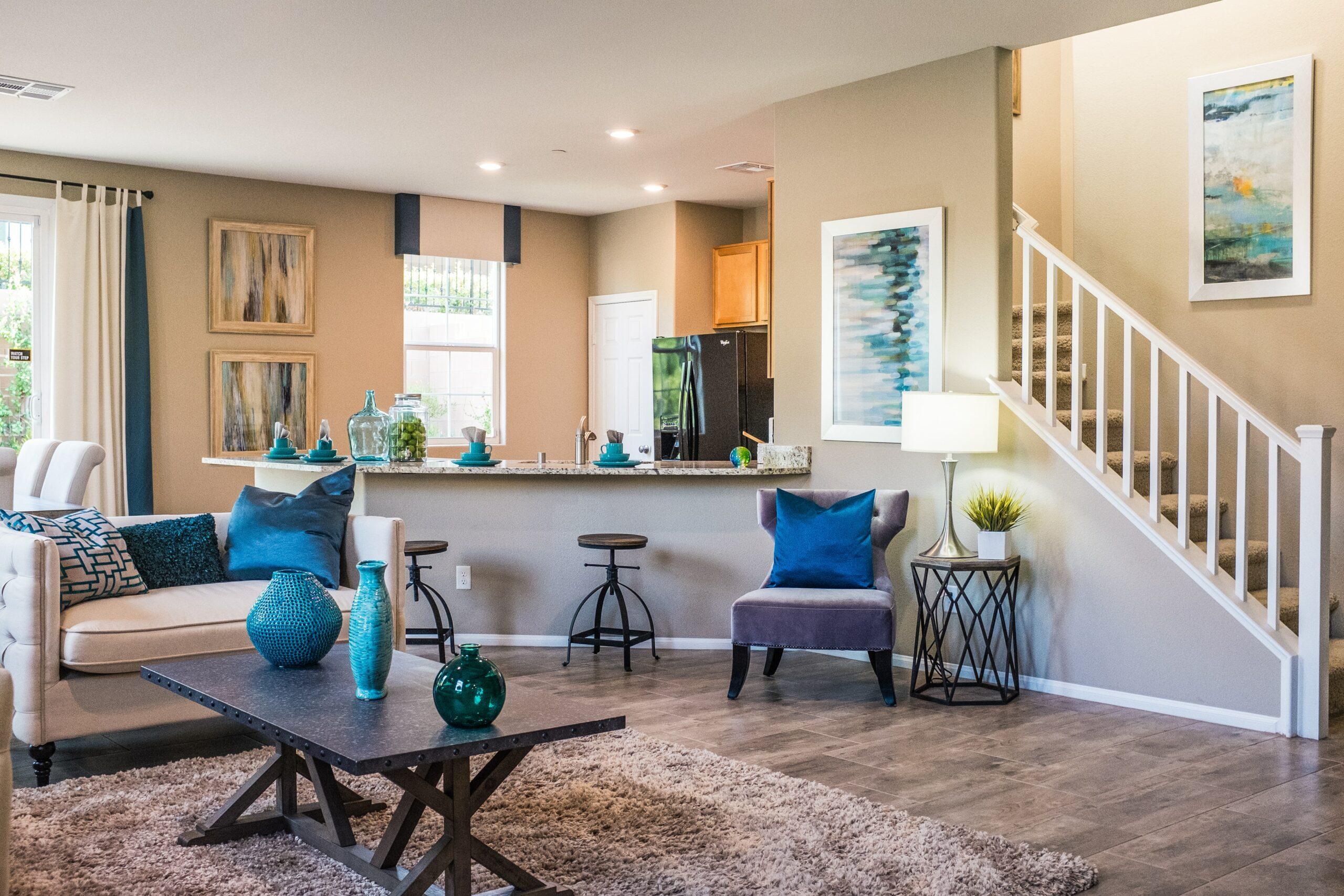
With sustainability being more widely understood by many, many homeowners are now looking for ways to reduce their carbon footprint while saving money on energy bills. One way to achieve that is through home automation.
Home automation allows homeowners to use smart technology to control their lights, heating, and appliances to improve energy efficiency and lessen negative environmental impacts. This article will discuss everything you need about home automation and explore how this cutting-edge technology may make your home a greener, more sustainable refuge.
Understanding Home Automation
Home automation is a technology that gives owners centralized access to control many parts of their residences. It is usually sensors, timers, and wireless connectivity used to monitor and control everything from temperature and lighting to security and entertainment.
There are various home automation systems, from straightforward DIY options to more complex, professionally installed battery storage systems. Some advantages of home automation for energy efficiency are fewer energy losses, cheaper electricity costs, and a lesser carbon impact on the whole household.
Using Home Automation for Energy Efficiency
Home automation ensures your house uses electricity efficiently, which can help you save energy at home. The ability to automate your appliances and lighting contributes to lowering energy waste across your house. Here are some strategies for utilizing home automation for sustainability and energy efficiency:
Smart Lighting Control
Controlling smart lighting is one of the main elements of home automation. Thanks to this cutting-edge function, you can remotely control your lighting and create routines based on your daily routine. Adopting smart lighting will help you ensure that lights are only turned on when necessary, drastically decreasing energy use and, as a result, your electricity costs. Further enhancing energy efficiency, some smart lighting systems feature motion and ambient light sensors that automatically adjust brightness levels.
Smart Thermostat
Smart thermostats, a miracle of home automation, give you exact control over your heating and cooling systems. These smart devices can recognize your preferences and make custom timetables that fit your everyday activity. Smart thermostats reduce excessive energy use by optimizing temperature settings, which results in significant long-term energy savings. Improved comfort with reduced environmental impact is what you can expect.
Energy Monitoring and Insights
Numerous home automation systems have energy monitoring capabilities that provide real-time information about your energy use patterns. Thanks to this priceless knowledge, you are now better equipped to spot locations where energy is being wasted and make decisions that will increase efficiency. You may take proactive steps to lower your carbon footprint and help create a more sustainable future if you know how much energy you use.
Integration with Renewable Energy Sources
The potential of renewable energy sources like solar cells and wind turbines is embraced by home automation. You can maximize these eco-friendly energy sources and lessen reliance on conventional power networks by integrating them with smart home electronics. Monitoring renewable energy usage and production with ease will enable sustainable energy solutions to reach their full potential.
Smart Appliances
With the introduction of smart appliances, your home now has an additional level of energy efficiency. With the help of these cutting-edge gadgets, you can optimize how much energy is used in different parts of your home. Smart washing machines, for instance, can run during off-peak hours when energy prices are reduced, and smart refrigerators can change cooling levels based on consumption patterns. Make use of smart appliances to significantly reduce your overall energy consumption.
Home Automation for Efficient Water Usage
Beyond energy use, home automation also reduces water consumption. Smart irrigation systems customize watering schedules using meteorological information and sensors that measure soil moisture, ensuring that plants get the proper quantity of water without wasting any. Leak detection sensors can also notify you of possible water leaks, helping you to avoid wasteful water loss and potential damage.
Geofencing and Presence Detection
Smart homes react intelligently to your location, thanks to technologies like geofencing and presence detection in home automation systems. For instance, the system may automatically change the thermostat, turn off the lights, and switch non-essential appliances into energy-saving settings as you leave the house. It successfully optimizes energy use based on your presence when you return by restoring settings to your preferred comfort levels.
Remote Monitoring and Control
Because of remote monitoring and control, you can easily control your energy use from any location. With just a few taps on your smartphone app, you can control your smart home, whether you need to turn off a gadget you forgot to or want to change the settings while you’re away. Even when you are not physically present, energy efficiency is guaranteed with this degree of access.
Energy-Efficient Smart Home Ecosystems
The ultimate potential of home automation is found in establishing an effective ecosystem in which all smart appliances coexist peacefully. Energy utilization is optimized by combining different systems like lighting, heating, cooling, and appliances into a single smart home ecosystem. Removing unnecessary or incompatible processes ensures energy efficiency permeates every part of your house.
Bottom Line
By embracing smart home automation, you can make significant efforts to construct an eco-friendly home. The above mentioned strategies can help you reduce energy consumption and contribute to a more sustainable future. Use smart technology to make your house an energy-efficient retreat and reduce negative environmental impact.

